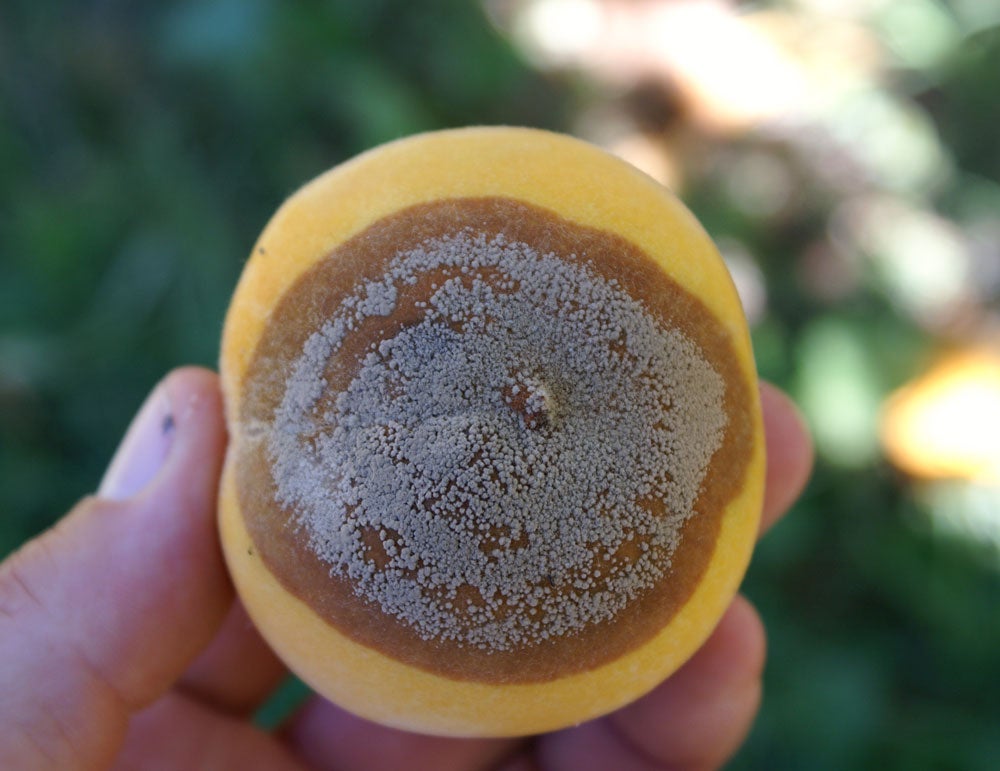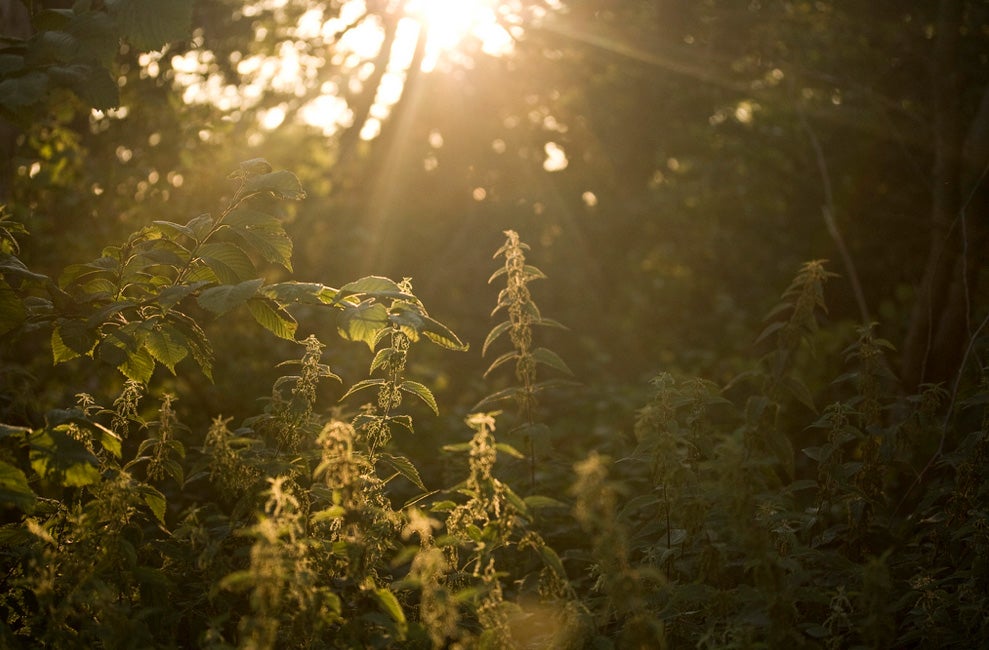The good side of weeds like stinging nettles and thistle
ListenCould “weeds” like stinging nettles and thistle possibly be a good thing? Mike McGrath, host of You Bet your Garden, will reveal that the answer is yes! Plus: How almost anything can be modified to become a really cool place to plop our plants; and your fabulous phone calls!
Question of the Week:
“I have been an avid listener for years and wanted to share some garden methods that are new to me, thanks to a landscaper I was able to hire. Because of arthritis, I need help in the yard and am now able to garden fairly well with raised beds that are a mix of three foot high cedar framed boxes and some lower raised beds for tall plants. My landscaper’s company, ‘Garden Starters’, installs beds filled with VERY high quality soil. When I hired them, they invited me out to their farm, where they have a huge ‘vermicomposting’ operation; and because their compost still contains a lot of the red worms that make it all happen, I have lots of worms in my beds! As a result, my kale never seems to slow down, the radishes, spinach and peas have been crazy with flavor and the herbs are aromatic and plentiful. Why do I share this? To tell you about the type of mulch they provide. I never saw anything like it before, but it sure works well to prevent weeds and keep moisture in the soil—it’s made of finely shredded nettle stalks. This mulch has a lovely smell, and they get the raw material from a local organic herb company, thus making it sustainable as well.”
— Aviva in Eugene Oregon
Find out the benefits of stinging nettle »
Highlights from show for June 28, 2014:
Identifying and treating brown rot
Maryanne from Shreveport, Louisiana has two different plum trees that have a strange coating on them and she has no clue what it could be, but Mike lets Maryanne know it is a disease called “brown rot.” Brown rot which is a disease of high humidity that mostly attacks trees that have not been properly cared for. Mike tells her that these trees must be heavily pruned every winter, and he suggests going out and purchasing books by Lee Reich called “The Pruning Book”, and “Grow fruit naturally.” Lee is our resident fruit expert and has great tips on pruning. Mike suggests that Maryanne prune any branches that are shooting straight up or are crowded together, preferably in late winter, before the trees flower. She should remove a good third of the branches; getting light and air to all parts of the tree. The fruits should then be pruned as they are developing throughout the seasons to produce the best fruits.
-

Peach with brown rot
Pruning techniques to revive trees
Ernest from Germantown, PA has issues with his beloved crepe myrtle he planted a few years ago; he is troubled as a car ran it over and now it will not grow back as tall or strong as in previous years. Mike suggest to keep pruning his Crepe Myrtle in the spring as it rejuvenates them and helps them with their flowering. Ernest tells Mike that a few leaves would form and he would continue to cut them back each fall, but as of right now, there are no leaves on it. Mike sadly informs Ernest that the “tree is just dead, man”, and to contact the Pennsylvania Horticulture Society (PHS) and go online to look at their tree tenders program and they will suggest trees that are more rugged for an area where Ernest planted his Crepe Myrtle. Crepe Myrtle’s really aren’t “street trees” where they can be planted near a lot of foot or car traffic. If Ernest wants to plant another Crepe Myrtle, he should do so in the fall and leave it alone till spring when he can give it a light pruning, which will ensure a beautiful tree for years to come!
Special guest: Stacy Hirvela
Mike speaks with Stacy Hirvela, author of Edible Spots and Pots Small-Space Gardens for Growing Vegetables and Herbs in Containers, Raised Beds, and More. Mike was especially impressed with the author’s knowledge of potting plants and her use of unconventional containers to create great pots for flowers and veggies. One of the most important things to remember is to get over the myths you’ve heard about potting plants like putting rocks at the bottom or crushed up pottery. Good drainage is key and the right mix of soil free mix and compost.
Eradicating Japanese stilt grass
William from Snecksville, PA has a Japanese stilt grass problem; his entire lawn is being overrun by it! This pesky grass is all over his yard, in his trees, bushes and flowers. He first noticed it about 5 years ago when a big patch of it in his gravel driveway turned up and continued to expand. Will went and bought corn gluten meal at a local supplier as he did his research and wanted to use it as a pre-emergent technique for the stilt grass. He put it down all over his yard but three weeks later, Will noticed new patches of Stilt grass sprouted up everywhere, so it looked like the corn gluten did way more harm than good. Maybe he spread it way too early, or perhaps he is just using the wrong stuff? Mike informs WIll that the Stilt grass came in naturally where the clumping grass couldn’t grow and to cut his lawn at three and a half inches to keep the good grass as healthy as possible.
WHYY is your source for fact-based, in-depth journalism and information. As a nonprofit organization, we rely on financial support from readers like you. Please give today.



